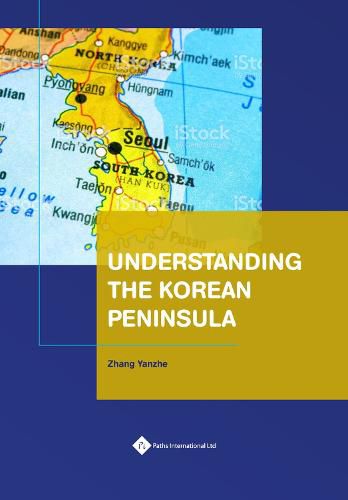Readings Newsletter
Become a Readings Member to make your shopping experience even easier.
Sign in or sign up for free!
You’re not far away from qualifying for FREE standard shipping within Australia
You’ve qualified for FREE standard shipping within Australia
The cart is loading…






The circumstances of the Korean peninsula are always mystical to those outside of Korea, especially westerners. This book outlines the historical review of the Korean Peninsula from its division into the Democratic People’s Republic of Korea and South Korea to the present day. This should attract the interest of a variety of audiences. Although its core readership should be academicians, political elites and students of Korean studies, it will also inspire the interest of academics studying the history of Northeast Asia and Pacific areas. Because of the nature of the topic, this research may be of interest to people who love to explore the issues of conflicts in the Korean peninsula.
This book seeks to make three main contributions: First, it provides the first account of the historical review in the Korean peninsula since the Kingdom of Lee to Kim. Secondly, this book clarifies the unique characteristics of the governments in Democratic People’s Republic of Korea and South Korea. Specifically, it combines the thoughts of local scholars and the thinking outside of Korea. Thirdly, it combines an understanding of localism with the aspect of developmental state theory and uses them to construct a theory of state transformation with Korean characteristics.
$9.00 standard shipping within Australia
FREE standard shipping within Australia for orders over $100.00
Express & International shipping calculated at checkout
Stock availability can be subject to change without notice. We recommend calling the shop or contacting our online team to check availability of low stock items. Please see our Shopping Online page for more details.
The circumstances of the Korean peninsula are always mystical to those outside of Korea, especially westerners. This book outlines the historical review of the Korean Peninsula from its division into the Democratic People’s Republic of Korea and South Korea to the present day. This should attract the interest of a variety of audiences. Although its core readership should be academicians, political elites and students of Korean studies, it will also inspire the interest of academics studying the history of Northeast Asia and Pacific areas. Because of the nature of the topic, this research may be of interest to people who love to explore the issues of conflicts in the Korean peninsula.
This book seeks to make three main contributions: First, it provides the first account of the historical review in the Korean peninsula since the Kingdom of Lee to Kim. Secondly, this book clarifies the unique characteristics of the governments in Democratic People’s Republic of Korea and South Korea. Specifically, it combines the thoughts of local scholars and the thinking outside of Korea. Thirdly, it combines an understanding of localism with the aspect of developmental state theory and uses them to construct a theory of state transformation with Korean characteristics.